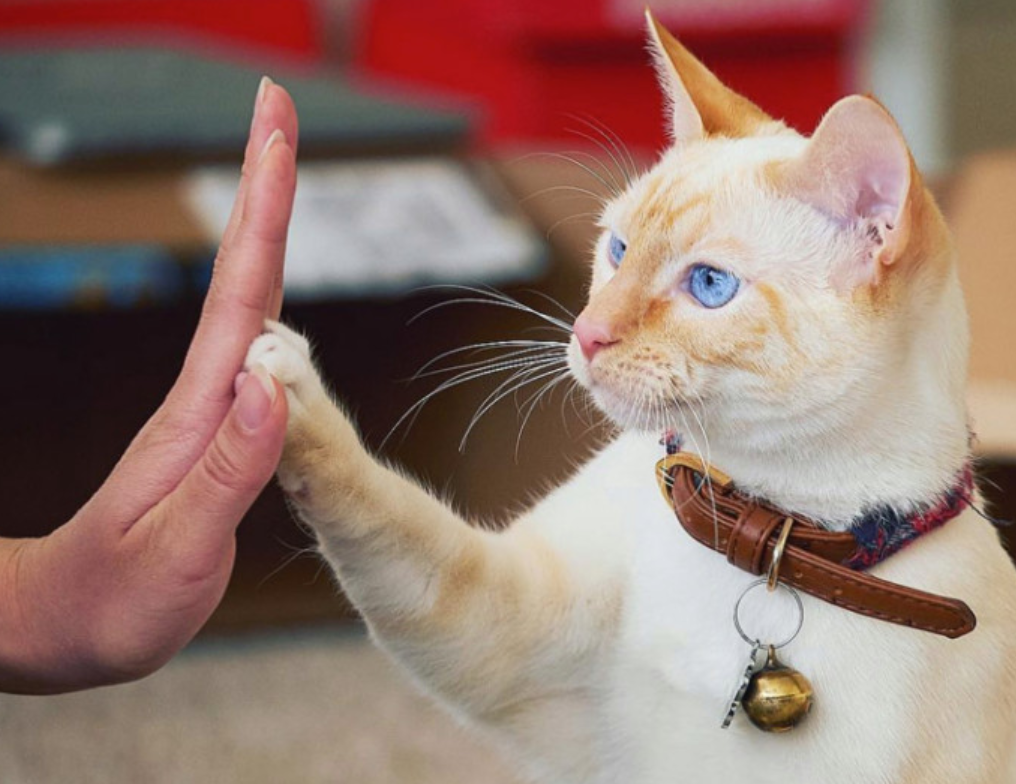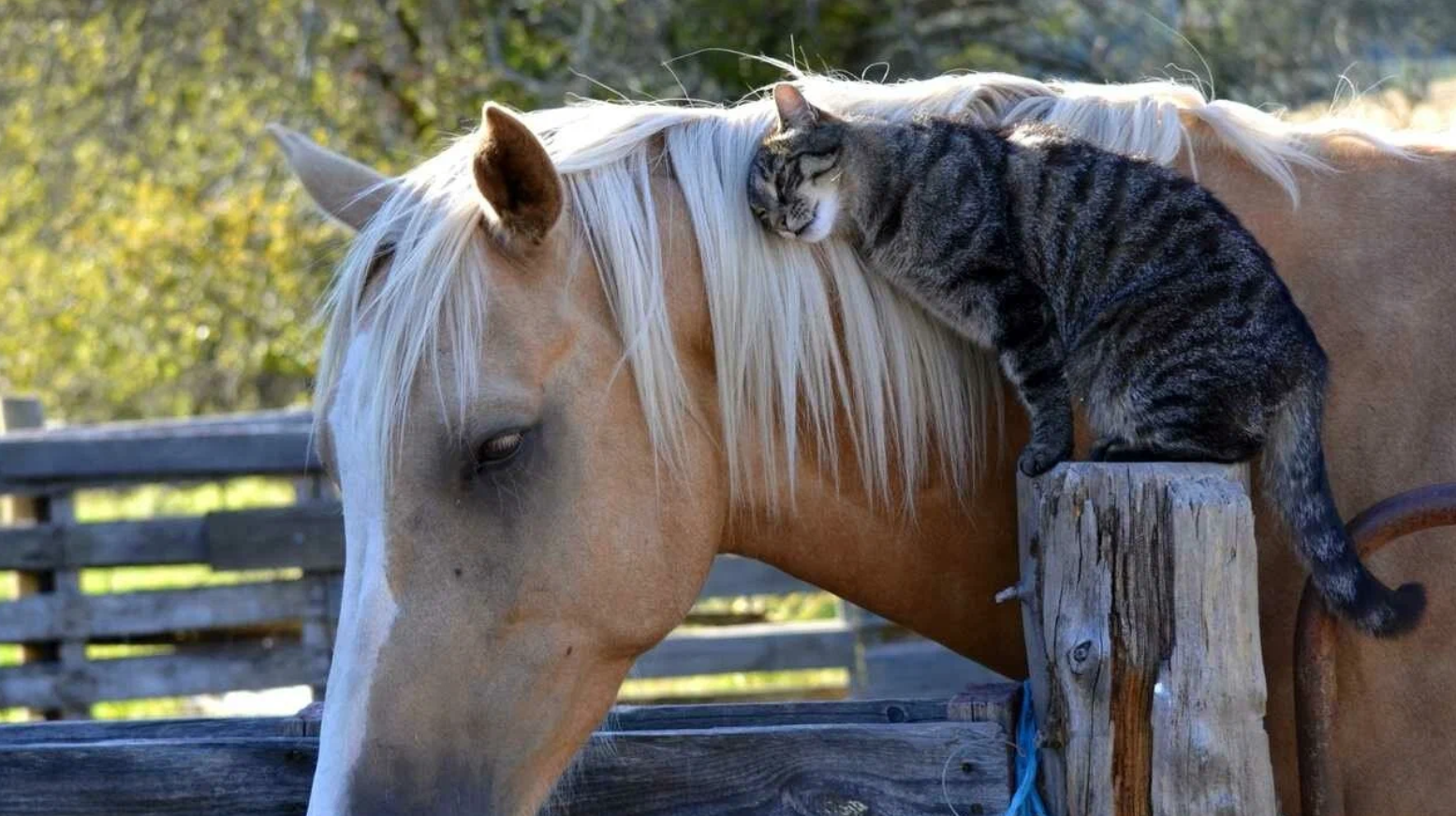What is the best method of training cats?

Training cats can be a fulfilling experience, though it requires a unique approach compared to training dogs or other animals. Cats are naturally independent, inquisitive, and sometimes sensitive, so training methods that prioritize positive reinforcement, patience, and consistency work best. Below are some of the most effective strategies for training your feline friend:
Positive Reinforcement
Positive reinforcement is considered one of the most successful methods for training cats. This technique involves rewarding the cat with treats, praise, or toys when they display desired behaviors.
How it works: When your cat does something positive, like using the litter box or responding to a call, immediately reward them with a treat or a fun play session.
Be consistent: Always reward the same behavior every time it happens, helping the cat associate that action with something positive.
Timing is key: Give the reward right after the behavior. Since cats have short attention spans, any delay might confuse them, and they won’t link the reward with their actions.
Example: To teach your cat to sit, wait for them to do it naturally.you can introduce the command “sit” and continue rewarding them when they follow it.
Clicker Training
Clicker training is a form of positive reinforcement where a click sound is used to mark good behavior, followed by a reward. This method helps cats learn by precisely indicating when they perform the correct action.
How it works: When your cat does something desirable, like scratching a scratching post or coming to you, press the clicker and then immediately offer a treat.
The advantage: The distinct click sound helps the cat quickly identify which behavior earns the reward. With practice, cats begin to associate the sound with a treat, even if there’s a slight delay before receiving it.

Example: To teach your cat to shake paws, wait for them to raise their paw, click, and reward them with a treat. Over time, pair the action with a verbal cue such as “shake.”
Luring and Target Training
Luring involves using a treat to guide the cat into a specific action, while target training teaches the cat to follow or touch an object like a stick or your hand. These techniques are great for teaching tricks and directing your cat’s movements.
Luring and Target Training
Luring involves guiding a cat’s actions using a treat, while target training teaches your cat to follow or interact with an object such as a stick or your hand. These techniques are ideal for teaching tricks or managing your cat’s movements.
Luring: Use a treat to coax your cat toward an object, like a platform, encouraging them to jump onto it. Once they do, promptly reward them.
Advanced Methods to Enhance Cat Training
To train a cat successfully, understanding their natural instincts is crucial. The following strategies can help improve your training sessions and make them more enjoyable for both you and your cat:
1. Understanding Feline Behavior
Cats are solitary hunters by nature, and their instincts shape much of their behavior. By understanding these traits, you can create more effective training techniques.
Territorial Instincts: Cats are highly territorial, so any changes in their environment, such as new routines or objects, should be introduced gradually.
Hunting Instincts: Many typical feline behaviors, such as pouncing, scratching, and biting, are rooted in their hunting instincts. You can use toys like laser pointers, feather wands, and other moving objects to channel these behaviors positively during training sessions.
Independence: Cats are less motivated by the desire to please humans compared to dogs. This independent nature means training should be rewarding and fun for them, using positive reinforcement methods like treats and praise.
2. Mental Stimulation Through Training

Training not only teaches new behaviors but also provides much-needed mental stimulation. A bored cat may develop problem behaviors such as excessive meowing or scratching. Proper training keeps them engaged and prevents boredom.
Interactive Toys and Puzzles: Puzzle feeders and interactive toys stimulate your cat’s mind. These tools teach your cat to solve simple problems in exchange for treats, providing both mental engagement and rewards.
Leash Training: Although typically associated with dogs, leash training can be an enjoyable experience for some cats. With persistence and patience, you can train your cat to safely explore outdoor areas on a leash.
3. Establishing Structure and Routine
Cats thrive in predictable environments. Implementing a structured routine into your training sessions helps your cat understand what to expect and when.
Short, Consistent Training Sessions: Short but frequent training sessions (5-10 minutes) are more effective than longer, sporadic ones. This allows your cat to stay engaged without becoming overwhelmed.
Develop Rituals: Cats love predictability. For example, if you want your cat to come when called, associate it with their feeding time by calling them at the same time every day before meals.
4. Addressing Problem Behaviors
Occasionally, cats may develop undesirable behaviors. Punishment often exacerbates these issues, so focusing on redirection and positive reinforcement is a more effective approach.
Scratching: Cats need to scratch, but instead of discouraging this behavior, provide acceptable outlets like scratching posts. Reward your cat when they use these areas and use deterrents like double-sided tape on furniture to prevent unwanted scratching.
Aggressive Play: Encourage your cat to channel aggressive behaviors into play with toys, and avoid using your hands to prevent biting. If your cat becomes overly stimulated, take a break to allow them to calm down before continuing play.
Jumping on Counters: Cats often jump on counters to explore elevated spaces. To reduce this, make the area less appealing with deterrents such as aluminum foil or air sprays. Offer alternative climbing spaces like cat trees and reward your cat when they use them.
Individual Training Sessions for Cats

When training multiple cats, it’s essential to focus on each one individually. By conducting separate training sessions, you can eliminate distractions and competition between your cats, making it easier to monitor each cat’s progress.
Tailoring Rewards: Cats respond differently to various rewards, so it’s important to customize them based on individual preferences. For instance, one cat might be motivated by treats, while another could respond better to a favorite toy or verbal praise.
Gradual Introduction of New Behaviors
Introducing new tasks or behaviors, such as using a cat door or wearing a harness, should be approached in small steps. Patience is key in ensuring your cat becomes comfortable with the new behavior.
Step-by-Step Process: Begin by encouraging your cat to engage with the new object, like a cat door, using treats to attract them. Gradually reward them for getting closer, and eventually for using the door. Breaking tasks into manageable steps helps them feel secure.
Familiar Objects: To make new items less intimidating, allow your cat to explore them at their own pace. For example, when introducing a harness, let your cat sniff and touch it first. Once they are comfortable, you can gradually start placing it on them, rewarding them at each stage until they become accustomed to it.
Creating an Enriched and Stress-Free Environment

A stable, enriched environment plays a vital role in a cat’s ability to learn and reduces stress, which can hinder training. Here are some ways to enhance your cat’s environment:
Safe Retreats: Providing cozy hiding spots where your cat can retreat when they feel overwhelmed helps reduce stress. These quiet spaces allow them to feel safe and undisturbed.
Decoding Cat Body Language
Understanding your cat’s body language is crucial for effective training. Cats communicate through various signals, such as their posture, tail, ears, and eyes, which can help you adjust your approach to training.
Flattened Ears and Dilated Pupils: These are signs of fear or overstimulation. If you observe these signals, it’s best to give your cat space before continuing the training session.
Purring and Hissing: While purring usually signals contentment, it can sometimes indicate anxiety or discomfort. On the other hand, hissing or growling is a clear sign that your cat is uncomfortable or angry, meaning they need space and time to calm down.
Training Based on Age and Personality
Every cat is unique, and their age and personality play an important role in how they respond to training. Here’s what to expect from different age groups:
Kittens: Young cats tend to be more adaptable and learn faster. However, they also have shorter attention spans, so it’s important to keep training sessions short but frequent.
Adult Cats: While adult cats may be set in their ways, they are still capable of learning new behaviors. It may take longer, but with consistency and patience, adult cats can successfully adapt to new training.
Senior Cats: Training older cats can help keep them mentally stimulated, but be mindful of their physical limitations, especially with tasks that require jumping or climbing.
Conclusion
Effective cat training combines an understanding of feline instincts, the use of positive reinforcement, and adapting to each cat’s personality. By rewarding good behaviors, using tools like clicker training, and redirecting problem behaviors instead of punishing them, you can foster a positive training experience for both you and your cat. Patience and flexibility are key, as every cat will learn at their own pace, making the process enjoyable and rewarding for both of you.



